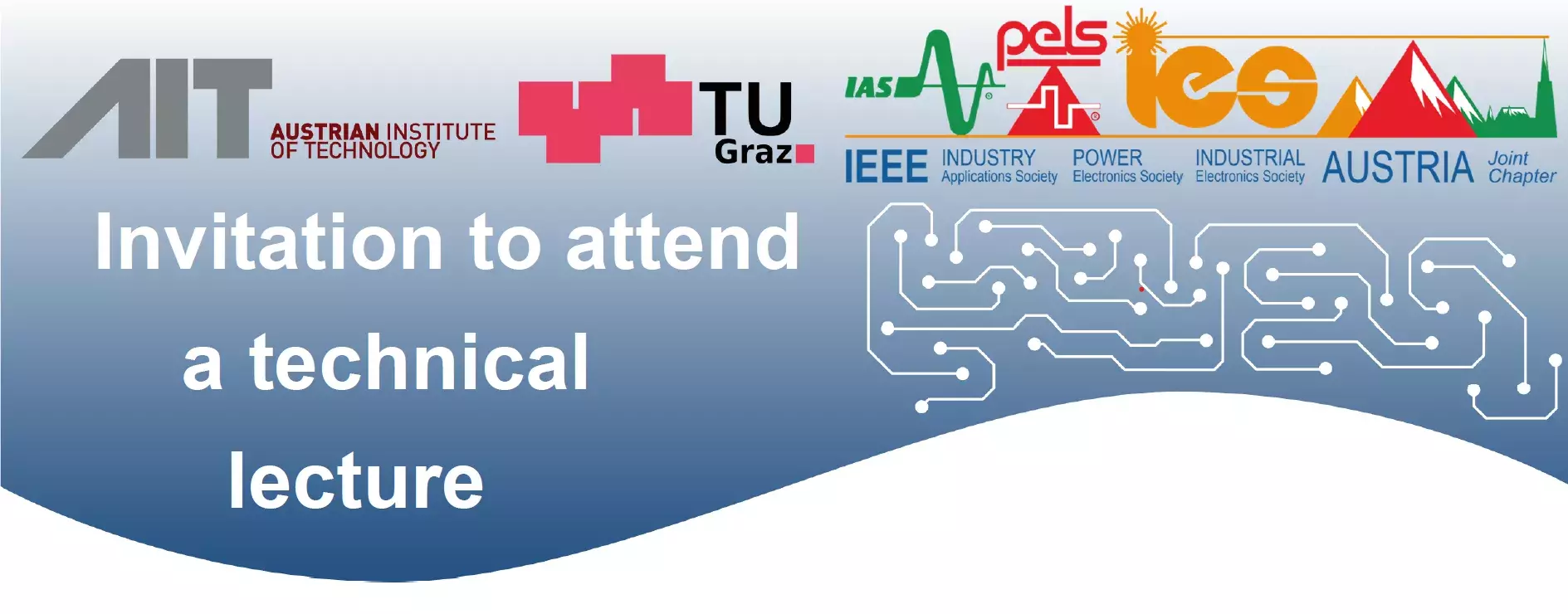Technical lecture about solar module-level power electronics
For power electronics at the level of individual solar modules, suppliers promise performance advantages of up to 20 percent. Franz Baumgartner, head of the ZHAW Energy and Environmental Technology degree programme, has examined this promise and will now present his findings in his lecture «Performance comparison: solar module-level power electronics vs. conventional string inverters».

The Photovoltaics research group of the ZHAW Institute of Energy Systems and Fluid Engineering (IEFE) has compared power electronics at the level of individual photovoltaic modules and solutions based on string inverters, where the modules are connected in series to an inverter. Further measurements in the IEFE laboratory have shown that there are discrepancies between the promises of power electronics suppliers at module level and reality.
With the measurement data and analyses obtained and with further publications (see below), Franz Baumgartner provides an overview of the practical application of the various photovoltaic system designs. In addition, he compares the module-based and the string inverter-based solution with regard to lifetime of the system components, service cost and performance values and points out advantages and disadvantages.
Registration and further information on the lecture
- Franz Baumgartner's technical lecture will be held online as a webinar. You can register here.
- More information about the event can be found on the website of the organiser IEEE.
- The invitation as flyer can be downloaded here.(PDF 1,3 MB)
Abstract of the technical lecture

Commercially available PV module-level based power electronics currently exhibits an increasing market share. Companies are promising performance advantages of up to 20 percent due to partial shading of individual modules and optimal control of the DC/DC converters per solar module, compared to a single operating point of a conventional string inverter.
Measurements of such commercial PV module-level based power optimizers (each one fed by a different power supply from an individual DC source which is emulating an individually shaded solar module) performed at ZHAW laboratories, revealed a significant deviation between the predicted per-formance improvement and observed values.
The measurement data and analyses obtained at ZHAW, together with a comparison of several publications on this topic, provide a helpful overview for practical applications. Finally, PROS and CONS of both PV system setups (module-based vs string inverter based) are summarized. This also includes parameters such lifetime of the system components, service cost and popular web-based illustrations of the aforementioned performance values of such systems.